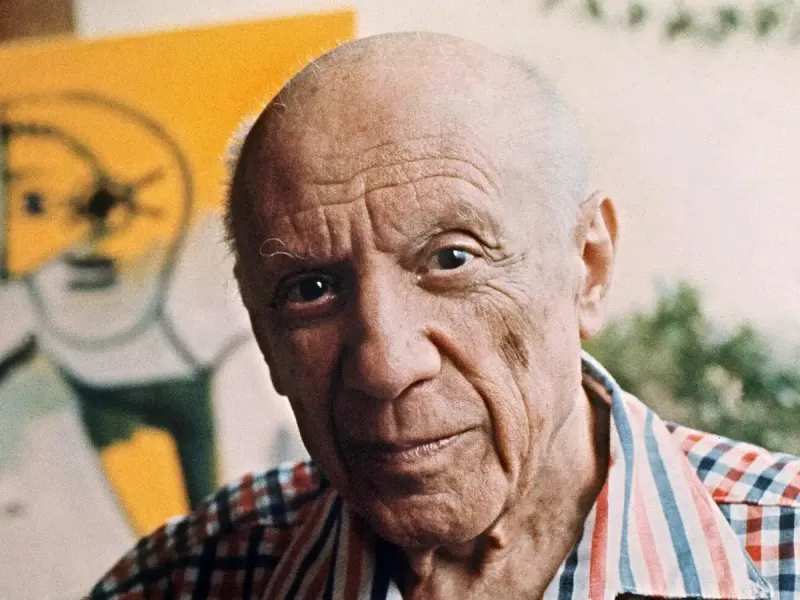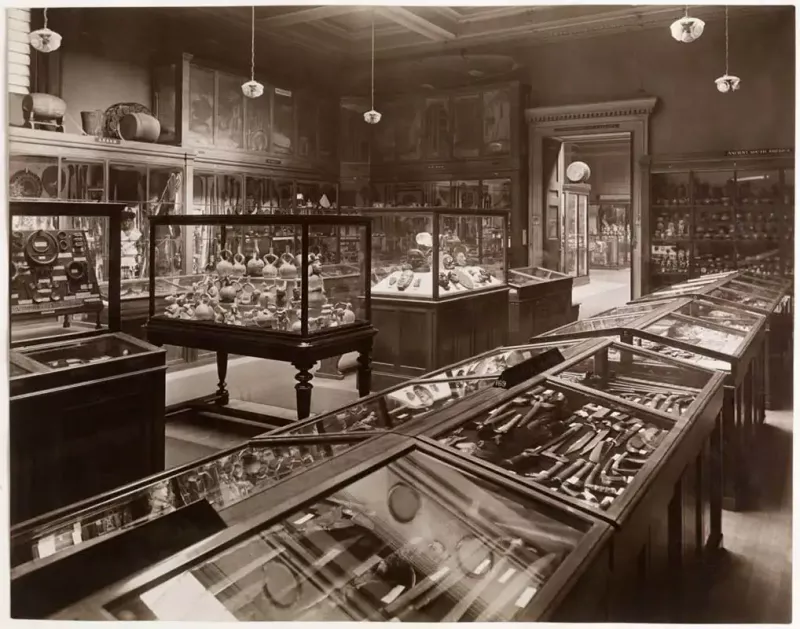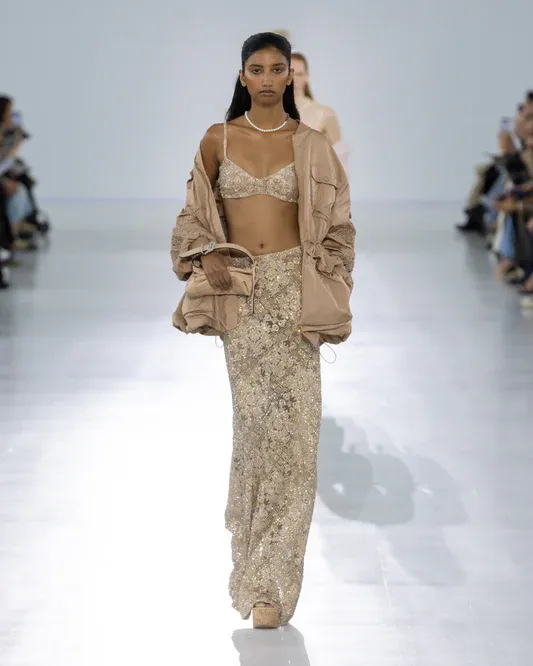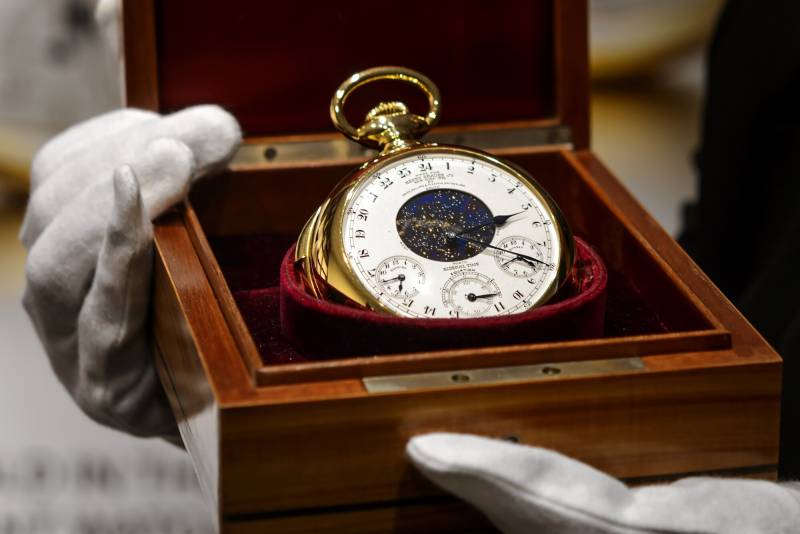The Spanish master Pablo Picasso is considered one of the greatest artists of the 20th century. His works have changed the course of art history forever. But how much of Picasso’s modernism was built on art coming from the African diaspora, and why is its indisputable influence on the artist’s work still not widely acknowledged? Read on to learn more about the relationship between African art and Picasso’s pieces.
By the late 19th century and as a direct result of imperialism, thousands of African objects had arrived in Europe. Far from being considered artworks, they were considered artifacts of colonial conquests and held little to no economic value. But during the early 1900s with Picasso leading the way, African art aesthetics became a source of profound inspiration for the School of Paris, which had been searching for new and radical ways of representation. Picasso saw in African figuration a religious depth and ritual purpose that both startled and moved him. Its sophisticated use of flat planes and bold contouring was unlike anything the artist had encountered before.
But while the impact African art had on Picasso, and on the birth of Cubism as a whole, has been examined tirelessly, the works that inspired an entire movement are rarely examined in their own right. Instead, non-Western art is often viewed as the tool that enabled European artists such as Gauguin, Braque, and Picasso to bring forth a pictorial revolution, a tool that was quickly disregarded as soon as this was achieved. African artisans had been abstracting the human figure for centuries. So how much of what established Picasso as one of the founding fathers of modern art was borrowed from a continent he knew very little about?
Until fairly recently, the Western art world’s adaptation of traditional African visual culture was referred to as Primitivism, a term which is now considered outdated due to its problematic connotations. At the turn of the 20th century, the European elite believed Africa and Oceania to be primitive lands rife with mysticism and savagery. At the same time, many appropriated these cultures for their own artistic and social gain, fascinated by an exotic fantasy of the non-Western. But very few had a sophisticated understanding of the cultures and mostly nameless African artists that they were borrowing from.





